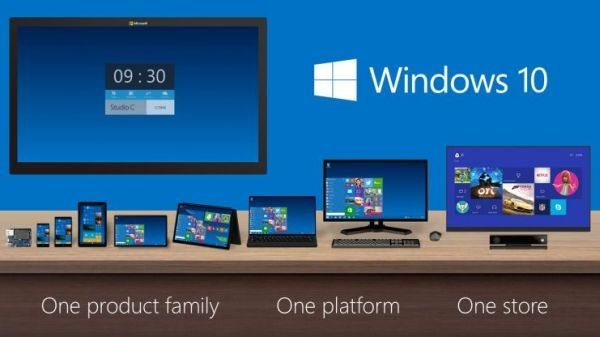How to enable hibernation on Windows 10
Since we dealt with the first personal computers, the only operating system available was Windows. Over the years, the famous Microsoft product has undergone several evolutions, from the logo to the interface, passing through functionality and performance.
Currently, we can use the latest addition, namely Windows 10. Initially, this operating system did not break through our hearts as previous versions did. Windows 10 tends to have frequent crashes, but currently offers us a wide range of software.
The latter satisfies our every need and is gaining stability as the operating system is developed by the developers. But let’s pause for a moment on the main features of Windows 10. The first one we notice is the settings of a shutdown, suspension, or restart of the computer.
In previous versions of Windows, we found the ” Hibernation ” function, which seems absent on 10. And instead, it also exists in this case; it just needs to be set.
Start Windows and access the Control Panel
To activate hibernation on Windows 10, we need to start the terminal. Let’s turn it on and enter the password for our Microsoft account (or PIN, if set as the method of accessing the system). We await the full loading of Windows, which will take us directly to the desktop.
As soon as we see this screen, we can access the Control Panel. We click on the ” Start ” button, which in Windows 10 is a white window-shaped logo located at the bottom left. We should display the search bar, in which we will type ” Control Panel. ” The icon we are looking for will appear in the search results. We double-click on it, and the Control Panel will open after a couple of seconds. Now let’s see how to activate PC hibernation.
Open the ” Energy-saving options ” menu
Now that we have logged in to the Control Panel, we can activate hibernation on Windows 10. Let’s look carefully at the menu that just appeared. As we can see, there is a list of different settings, each of which concerns a particular Windows functionality. From the list, we will have to find the ” Energy-saving options ” tab.
If we cannot see this small menu, then we will have to intervene on how to display the icons in the Control Panel. At the top right, we will find a message, ” View by, “which allows us to choose between three options. We will have the words ” Category, ” ” Large icons,” and ” Small icons. ” We tick ” Large icons. ” At this point, we will click on ” Options energy saving. ” A special dialog will open.
Activate hibernation
On the left of the window in which we find ourselves, we can see different settings. We are interested in what says, ” Specify what happens when you press the power button. ” This wording applies to fixed terminals, while for laptops it changes slightly. In that case, the option will be ” Specify what happens when the lid is closed. ”
In any case, we click on this item, and we will open a small menu, entitled ” Define the power buttons and activate password protection. ” Click on the item ” Change settings currently unavailable. ” In doing so, we will apply the check on the stop setting ” Hibernate, “if this is deactivated. But it doesn’t end there. We still have to do one last step to enable hibernation on Windows 10.
Save the changes and try to hibernate for your PC
From the ” Power button settings, ” we can decide which type of PC shutdown is activated. If it suits us, we choose hibernation.
In the case of the desktop PC, this type of shutdown will occur when we press the ” Power ” button. If instead, we have a laptop, hibernation will be activated by closing the lid. To make the changes effective, we click on the ” Save Changes ” button. If we wish, we restart the computer.
Once turned on, we try to hibernate for it. This is to check if the setting is active. And here, we will have learned how to activate hibernation on Windows 10 in the easiest way possible. If we want to change the setting again, simply access the Control Panel and modify the appropriate tab.
Note!
- Activating hibernation is an excellent solution, especially for a portable PC, the battery life is prolonged when the PC is disconnected from the power supply.
- Restart the computer to make sure that the new settings are activated by the system.

